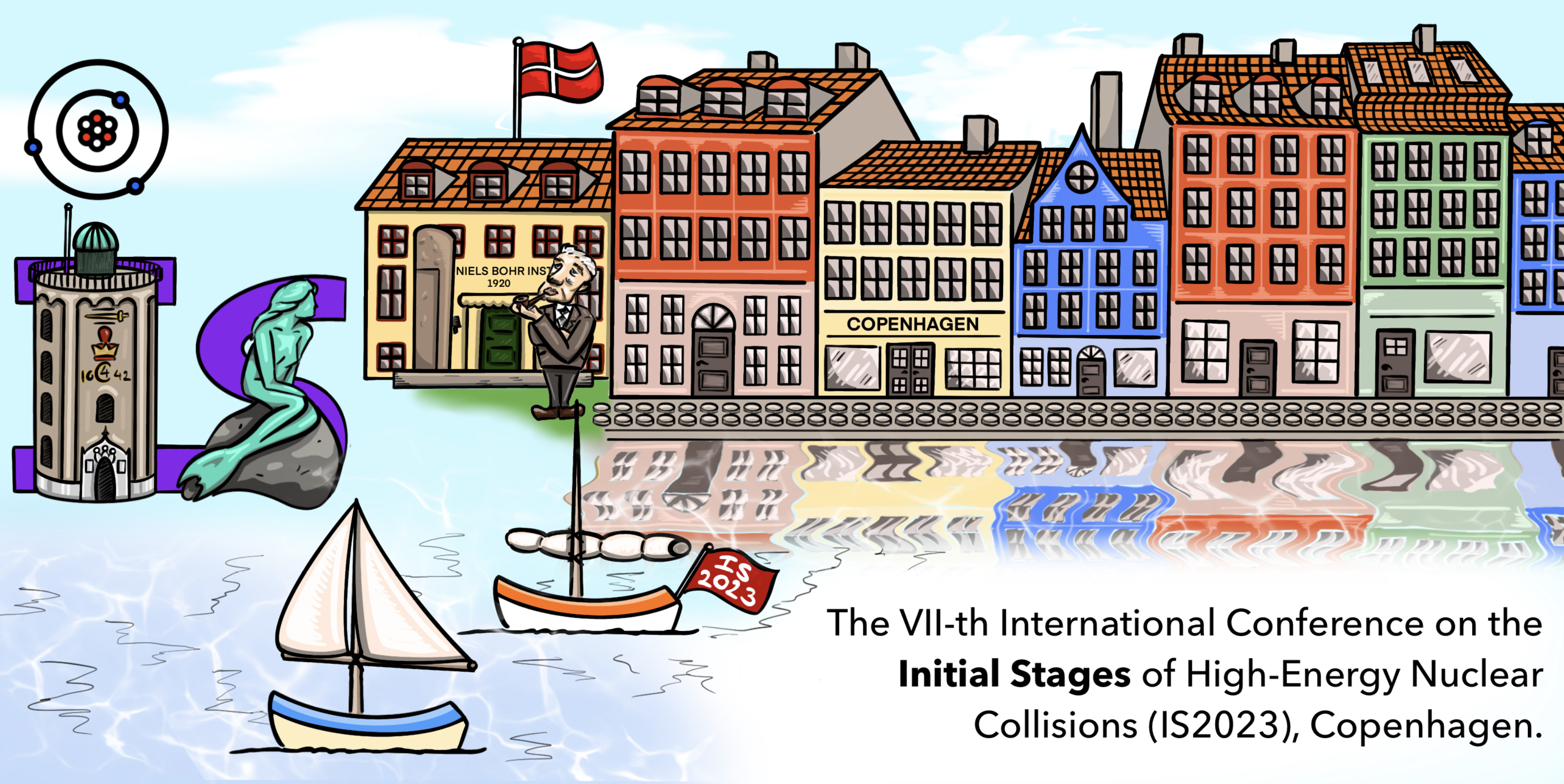Speaker
Description
This talk presents a measurement of longitudinal decorrelation in $pp$ collisions with ATLAS. It is expected that the deposited energy in the transverse $(x,y)$ plane varies, depending on the longitudinal $(z)$ slice examined, which is correlated with the rapidity of the produced particles. Thus, particles from different rapidity slices will have flow vectors that differ in magnitude and orientation due to the longitudinal variation, longitudinal decorrelation, which grows with increasing particle rapidity separation. For flow harmonic $n$, such longitudinal decorrelations have been characterized, for large systems, in terms of $r_n$, the ratio of large-rapidity-gap to small-rapidity-gap correlations. This analysis performs the first measurements of $r_n$ in $pp$ collisions at 5~TeV and 13~TeV. The analysis is carried out via a two-particle correlation method, utilizing charged tracks of varying $\eta$ within $|\eta|<2.5$ and topo-clusters of $4.0<|\eta_\mathrm{ref}|<4.9$. Because non-flow effects are more significant in $pp$ collisions, non-flow template subtraction procedures are applied. Final results are quoted for $r_2$ and its slope $F_2$, over a range of multiplicities. Similar non-flow subtraction techniques are applied to the full multiplicity range of Xe+Xe collision data and the results are compared to the two $pp$ energies at appropriate multiplicities. This gives some of the first detailed information on the correlation between longitudinal and transverse energy deposition in $pp$ collisions.
| What kind of work does this abstract pertain to? | Experimental |
|---|---|
| Which experiment is this abstract related to? | ATLAS |
